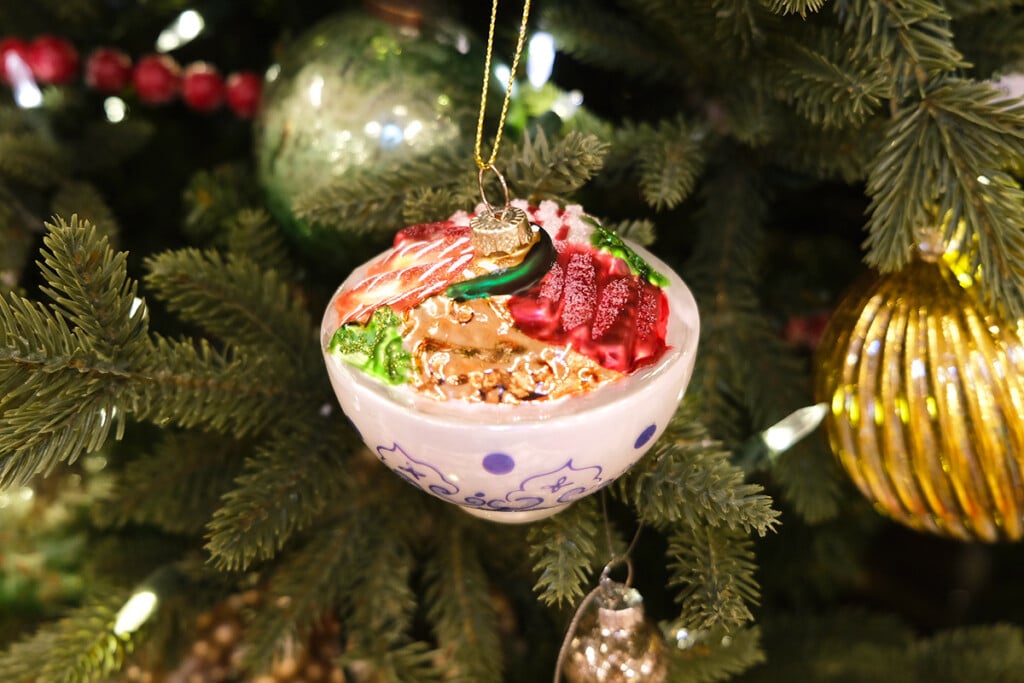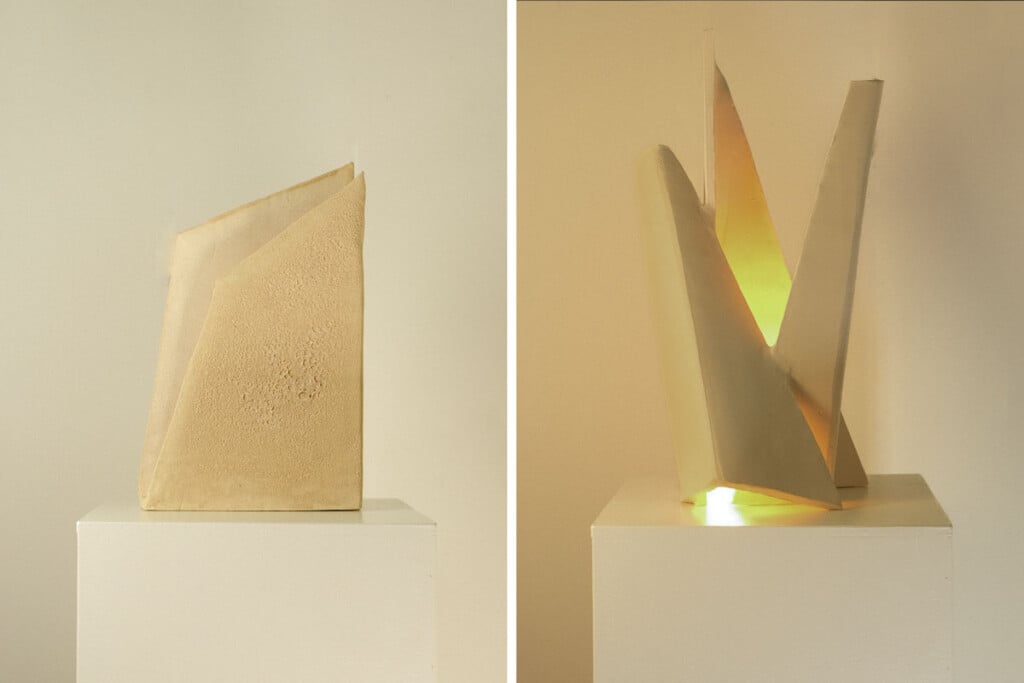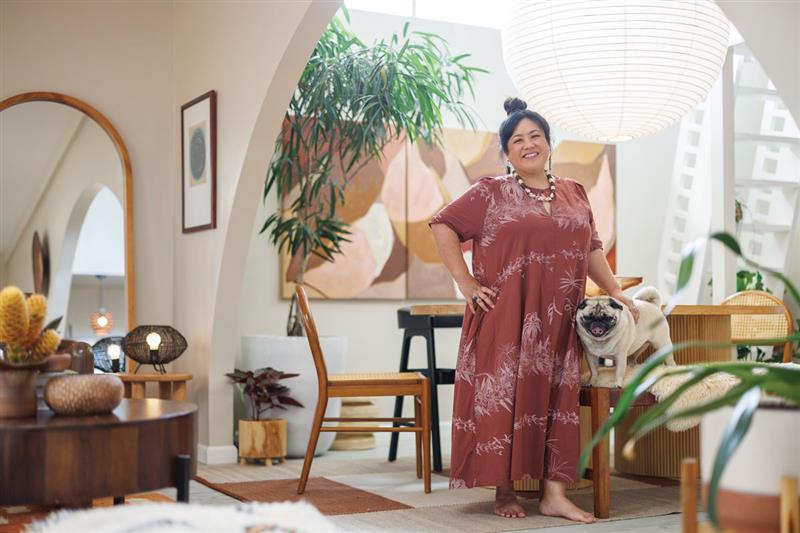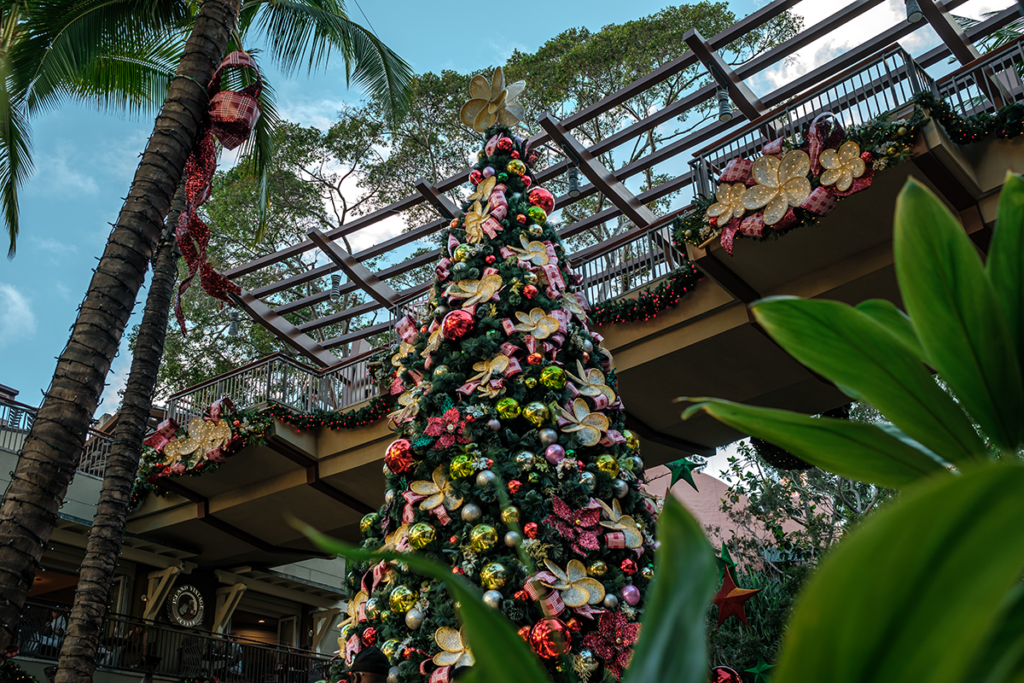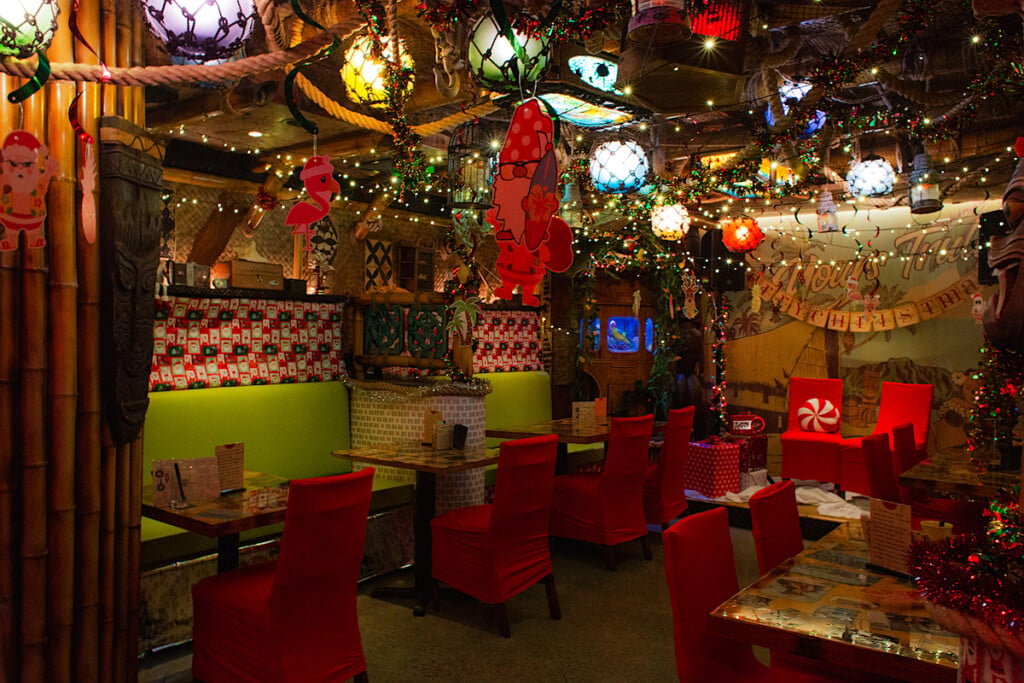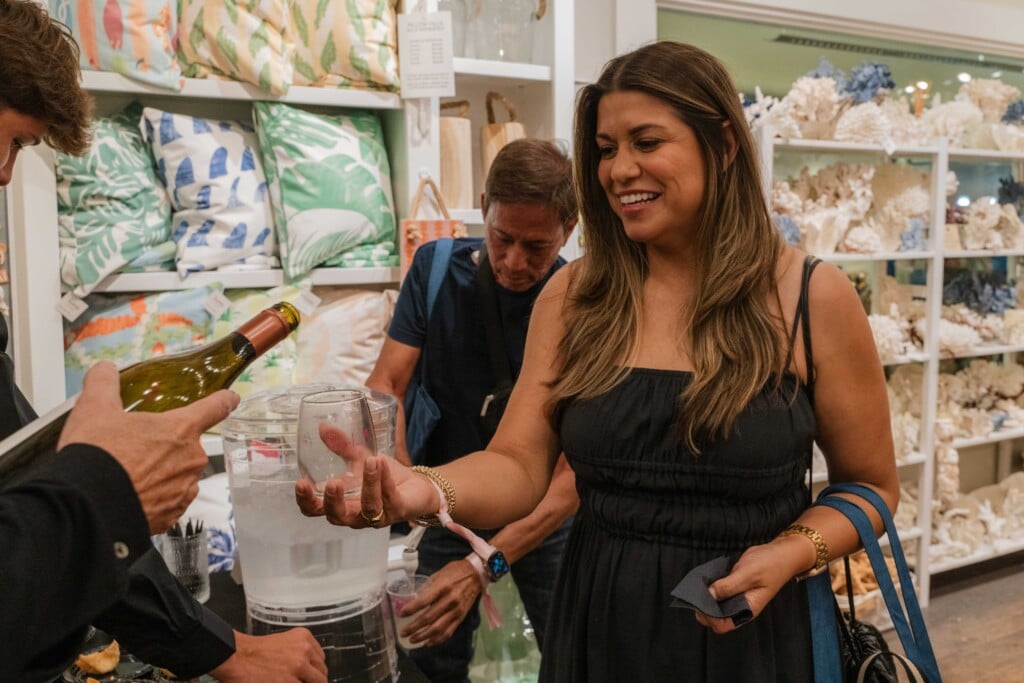O‘ahu’s Great Neighborhoods: Lē‘ahi (Diamond Head/Kapi‘olani Park)
It’s where many urbanites go when we want (or need) to get outside.
O‘ahu’s Great Neighborhoods
Kaimukī | Mililani | Kāne‘ohe | Kaka‘ako | Lē‘ahi | Kapolei/Makakilo | Hawai‘i Kai
O‘ahu is full of notable neighborhoods, each with its own character. Some are havens for urban singles and couples, others for young and growing families. Hot spots for foodies, emerging local businesses, retro charm, outdoor activities, nightlife: Here are seven of our favorites.
I grew up on Kiele Avenue, steps from Tonggs Beach and a half block from Kapi‘olani Park. That was the ’70s and ’80s, when you could buy a home in the area for less than $100,000, like my parents did. I returned to the neighborhood last year after living for many years in East O‘ahu and for two decades in nine other states.

Photo: Anthony Consillio
While planning this series about the island’s great neighborhoods, I knew I had to vouch for my own. What makes it a standout not just to me, but to hundreds of thousands of others can be simply expressed—it’s our backyard. The park, the beaches, the path circling Diamond Head—it’s where we go year-round when we want, or need, to get outside.
On any given day, countless activities take place within Kapi‘olani Park’s 200 acres. People of all ages run, walk, bike and stroll, sometimes with dogs and babies. They play tennis, soccer, volleyball, Bocce, lacrosse and rugby. They do hula, yoga, tai chi, Zumba and capoeira. They meditate, take naps, lie on the grass, swing on hammocks. They beat bongos, play the ‘ukulele, have impromptu jam sessions.
There are art festivals, concerts at the Waikīkī Shell, and so many other events, including the Honolulu Marathon. There are AA meetings, group worship sessions, kids’ birthday parties with inflatable bouncy houses, reunions, picnics, barbecues. Some of the unique things I’ve seen: glowstick fire dance performances, aerial acrobats swinging from the banyan trees and folks dressed in Obi-Wan Kenobi-like robes facing off in lightsaber duels.
And that’s just the park. Include the nearby beaches (Kaimana, Tonggs, Lē‘ahi, Queen’s Surf, Mākālei, Diamond Head), and you’ve got crowds of ocean lovers here daily, surfing, swimming, foil surfing and more. Even monk seals seem to favor the beaches in the ’hood.
It’s also a prime area to watch the evening sunset transform the sky with dramatic swirls of violets, oranges and reds. And the ocean dazzles too, turning vibrant shades of aqua, cobalt and emerald throughout the day. Some days, it’s surreal.

Photo: Anthony Consillio
What impresses me most though is the area’s resilience. I sometimes take my mom’s dog, Ikaika, out for early morning walks around the park, and I’m always amazed how fresh the park and beaches look despite the constant use. Of course, like other areas across the island, it has issues, including a rise in homelessness and crime. Still, considering how many people come here daily, the area has a way of rejuvenating itself, with, of course, the help of city workers who tend to it.
I wondered if there might be a deeper reason for this self-rejuvenation and learned of the area’s sacredness. Papa‘ena‘ena Heiau, where La Pietra School is now, once stood on the western slope of Lē‘ahi, overlooking the Waikīkī coast. Other nearby heiau, known for possessing great spiritual energy, include Kupalaha; Pahu-a-Maui on the crater’s eastern cliffs where Diamond Head Lighthouse now stands; Kapua, near the present Kapi‘olani Park; and Ahi on Lē‘ahi’s peak. Native Hawaiians have long recognized the area’s uplifting spirit, which remains intact.
Personally, I have so many memories of growing up and now living again in the neighborhood. As a girl, I played “forest” in the little park where Kalākaua Avenue curves into Poni Moi Road. My mother taught me to ride a bike at Kapi‘olani Park (even though she doesn’t know how to). I walked home every afternoon from Waikīkī Elementary School, through the park and past the old archery area. I ran high school cross country races here, played tennis, flew my first kite.
During the height of the pandemic, it’s where I met friends. We’d sit on benches by Kaimana, savoring being outside by the water and talking about the strangeness of life.
One evening last year, while walking Ikaika after a particularly stressful day at work, I started thinking about leaving Hawai‘i. It’s so expensive. Better job opportunities exist elsewhere. I need a change. That was the beginning of the walk.
Somewhere toward the middle, while strolling down Kalākaua near Queen’s Surf, I felt the cool dusk breeze. I saw the ocean and trees, and I was struck with an overwhelming sense of well-being. I took a photo of the gorgeous view in front of me and texted it to a friend. “Magical,” I said.
Named after his beloved wife and queen, Kapi‘olani Park started as King David Kalākaua’s playground for polo fields. In 1877, he dedicated this royal land as a public space. The Honolulu Department of Parks and Recreation has preserved and has maintained this large green open space with many outdoor recreational activities since 1913. Kapi‘olani Regional Park also includes the Honolulu Zoo and the Waikīkī Shell, which are all now held under a public charitable trust, as a free and open public park. One of the largest public parks and the second oldest on O‘ahu, Kapi‘olani Regional Park was listed on the Hawai‘i State Register of Historic Places in 1992.Source: City & County of Honolulu
Favorite Places in and Around Lē‘ahi:
